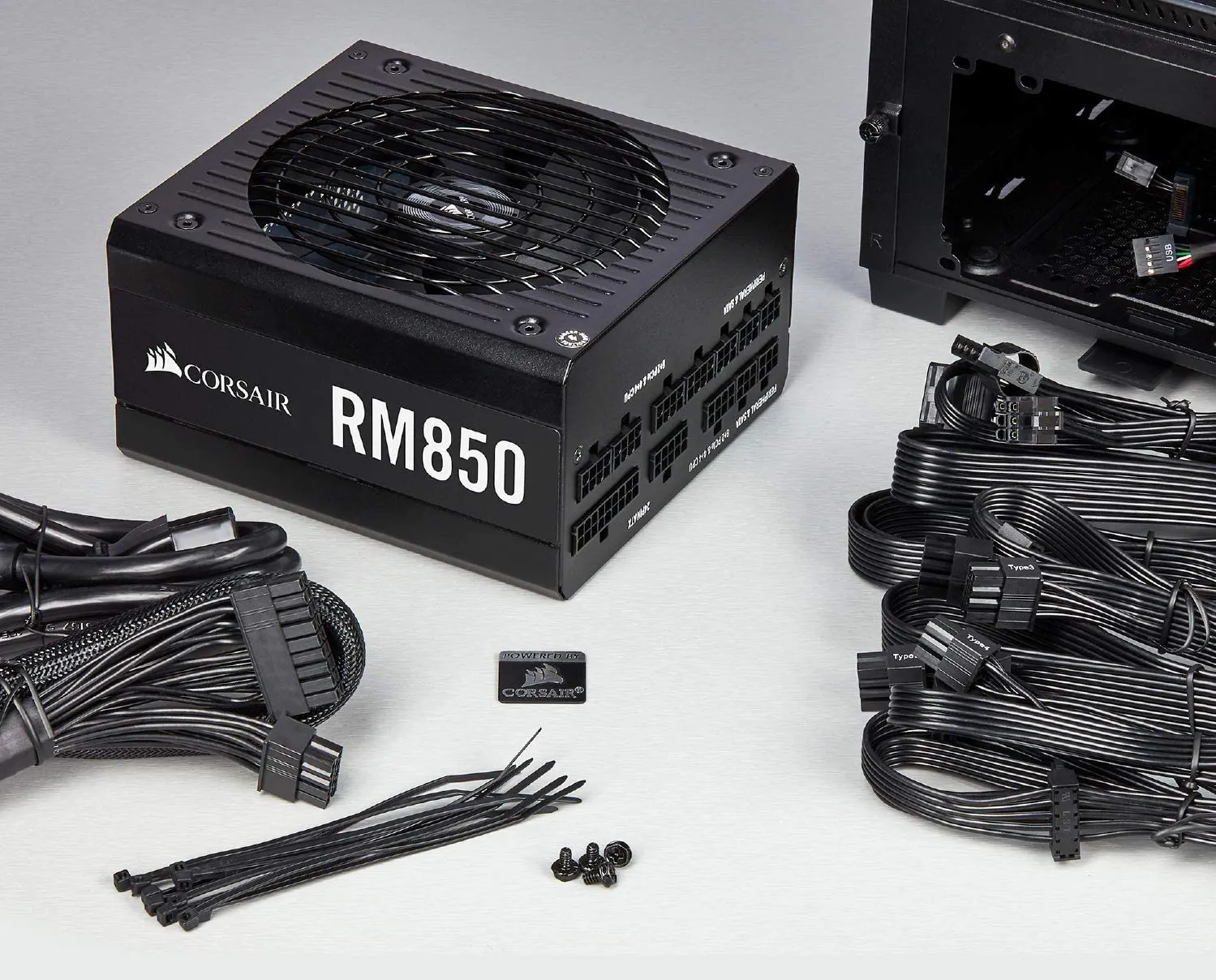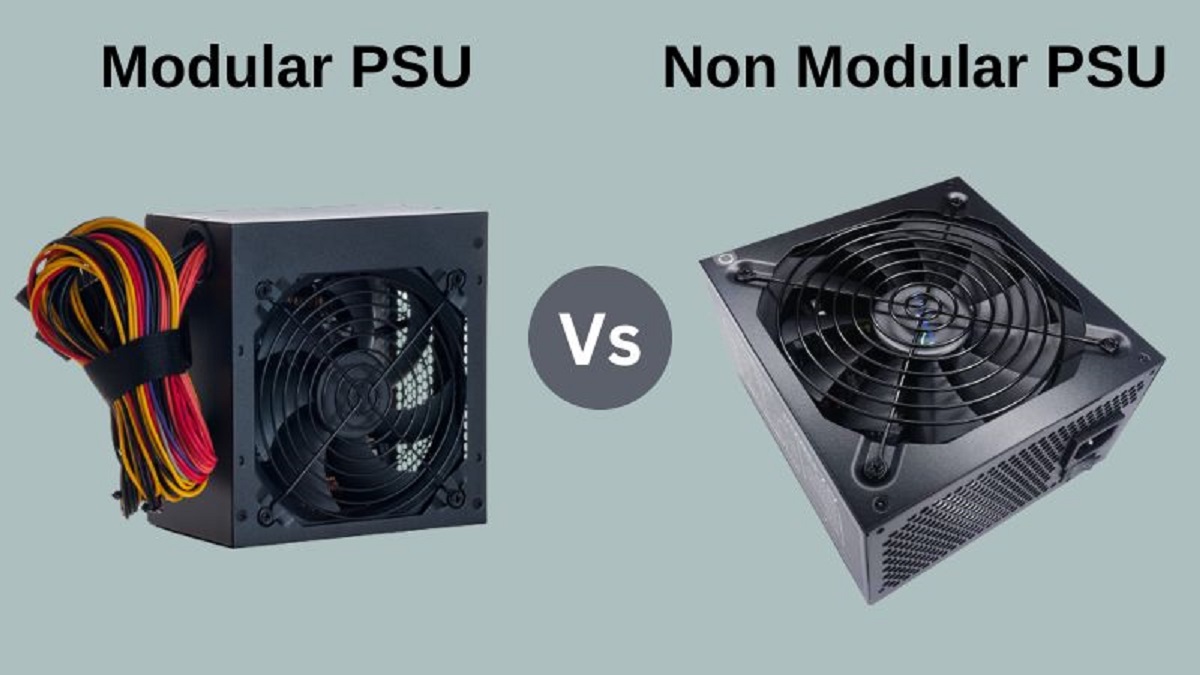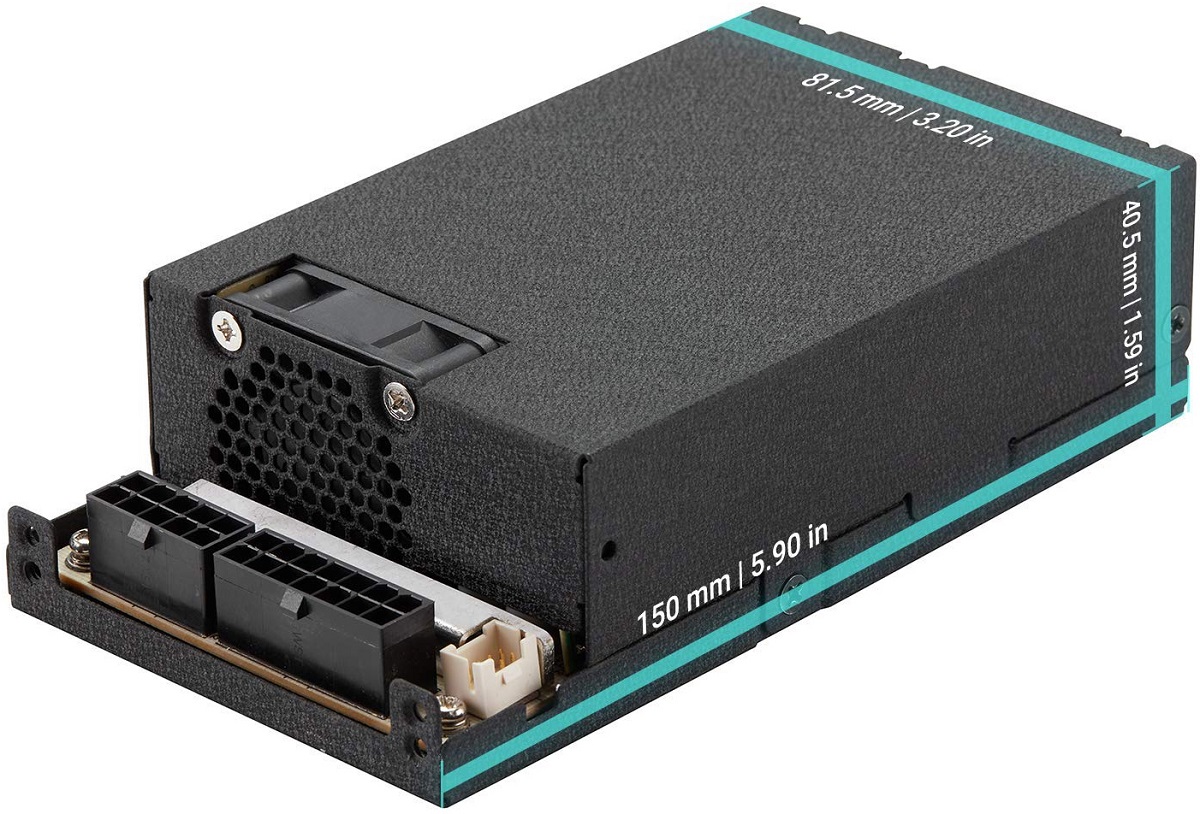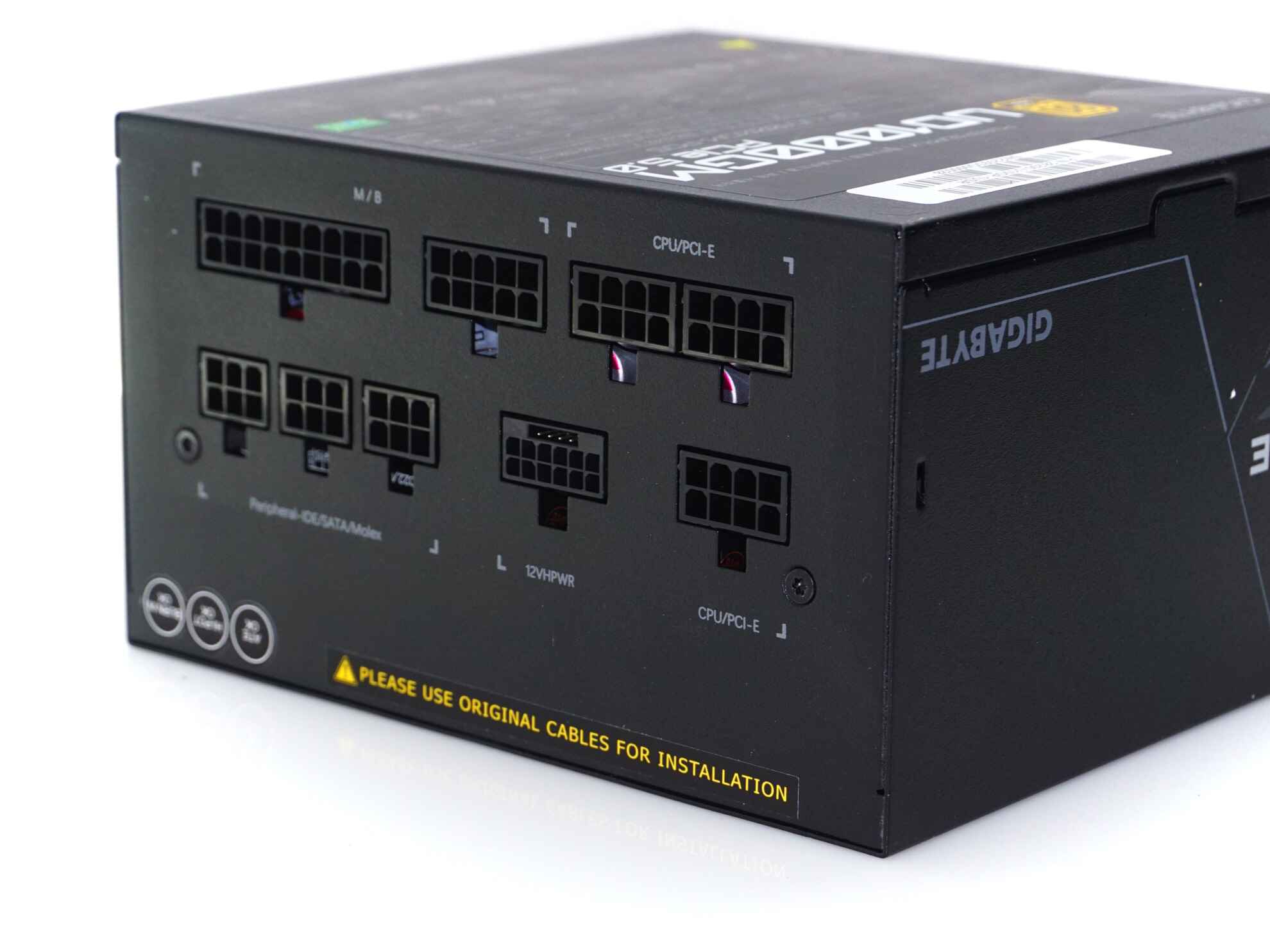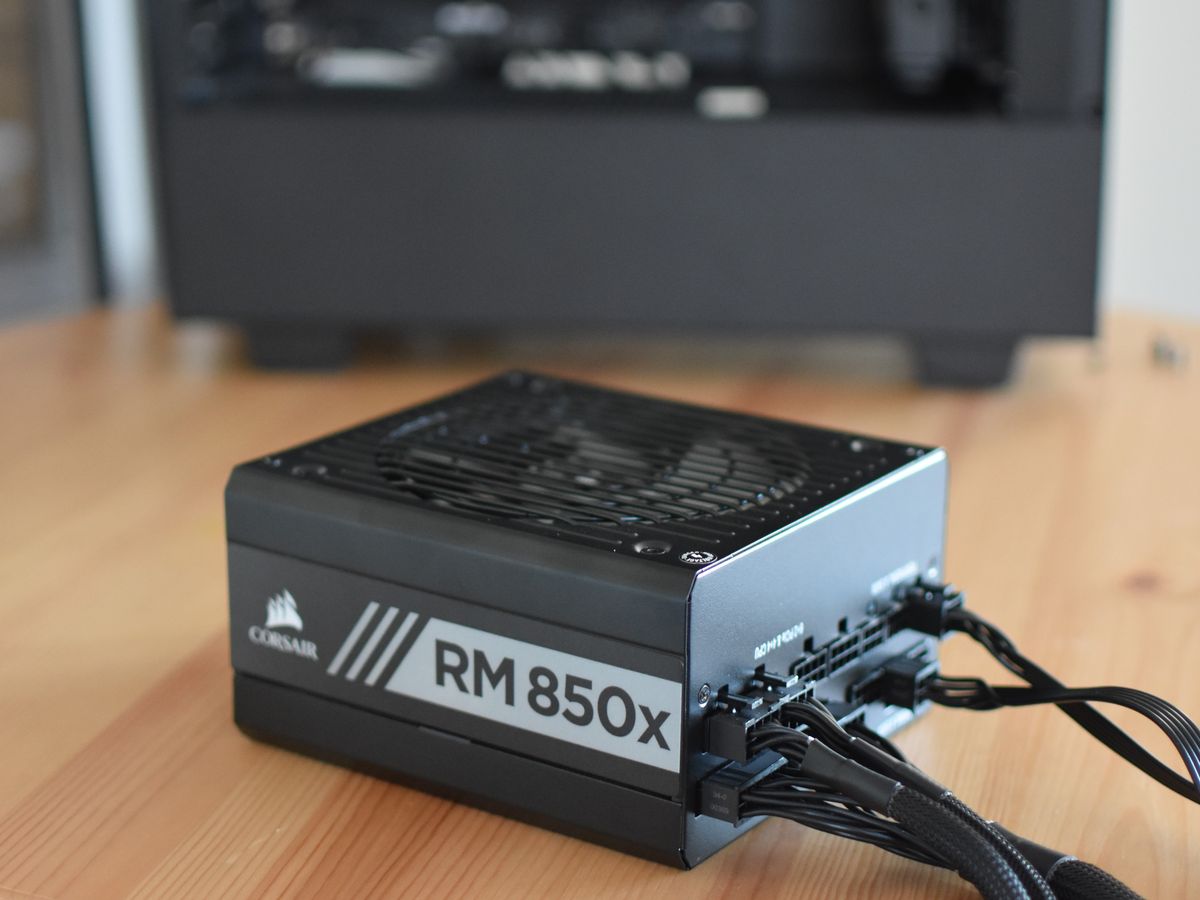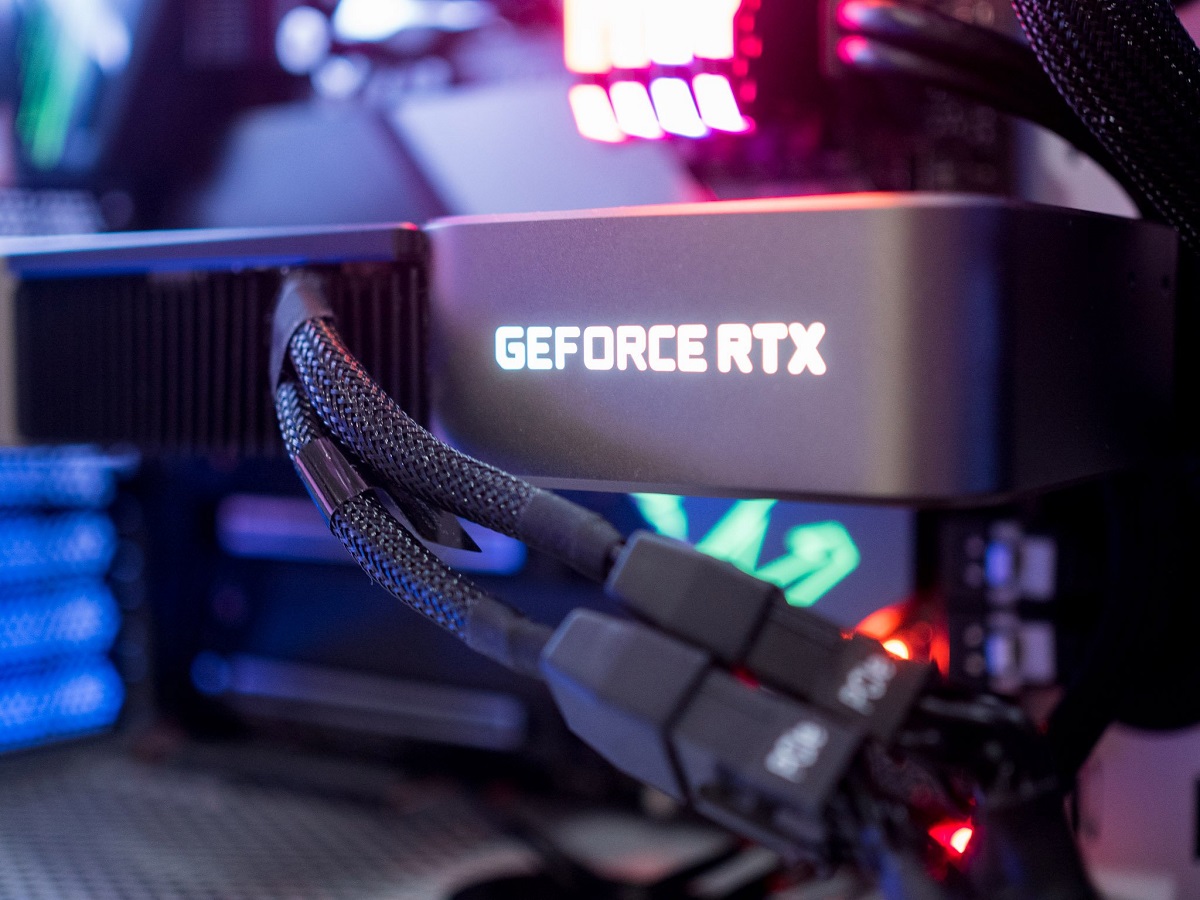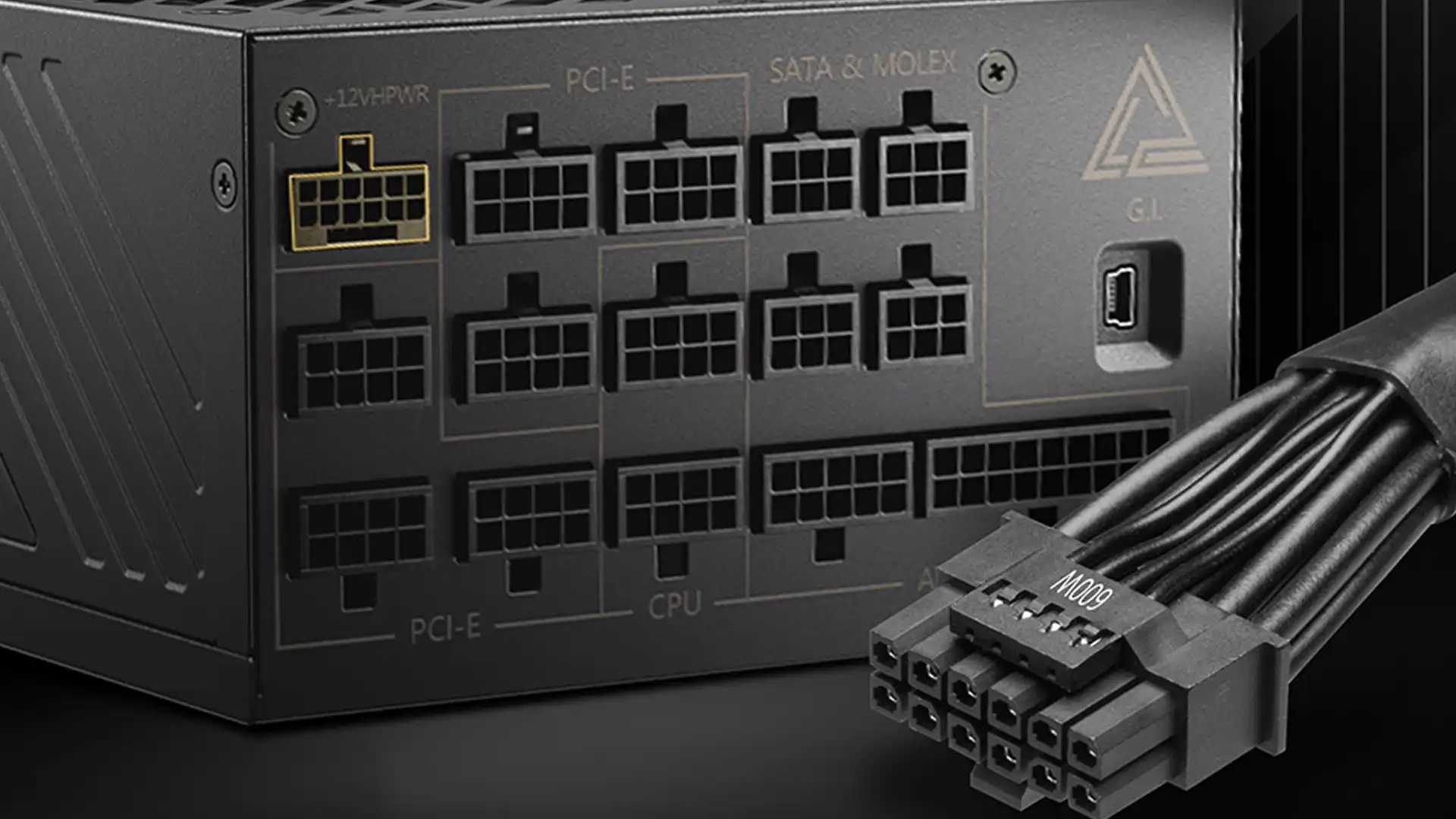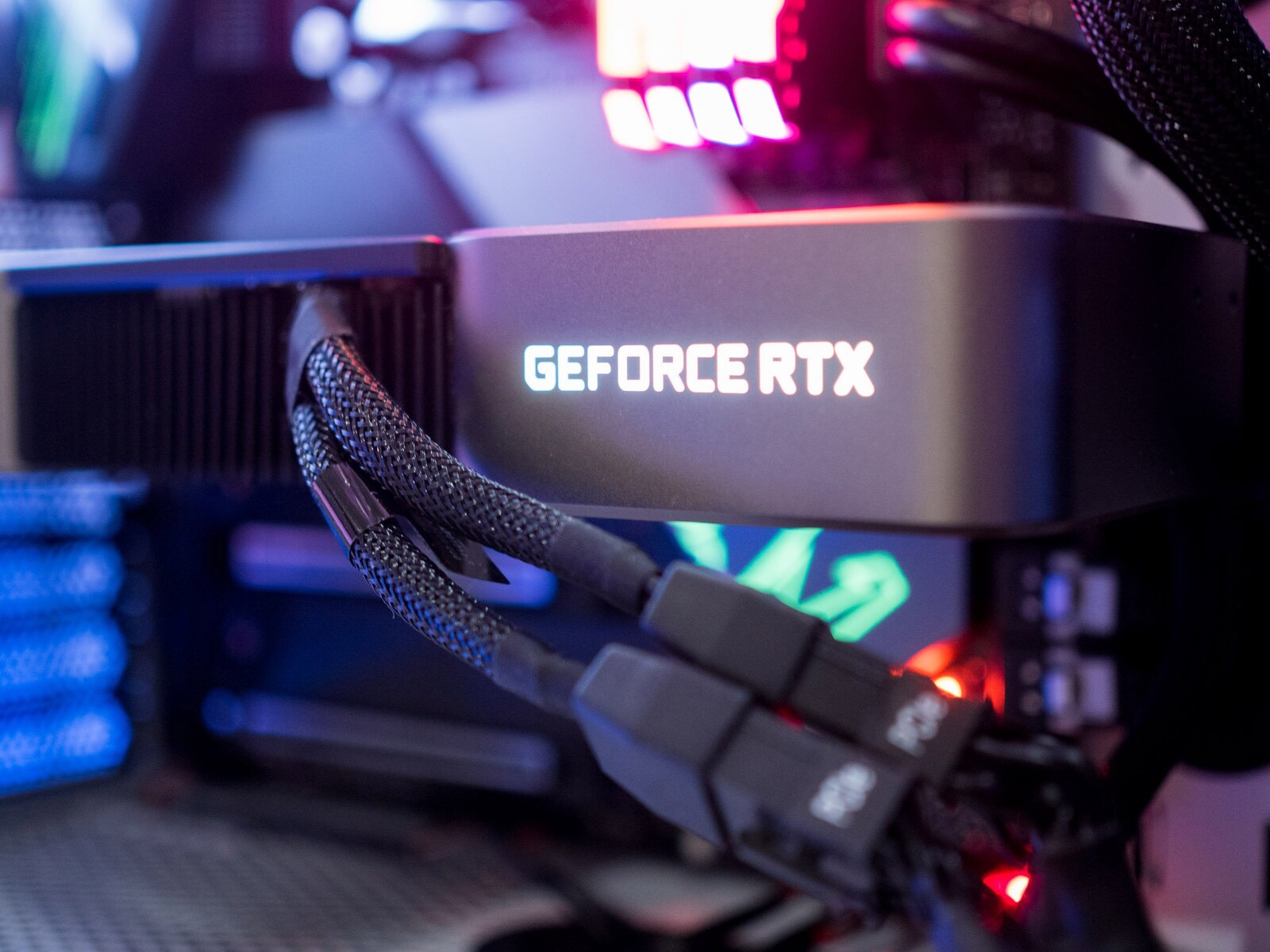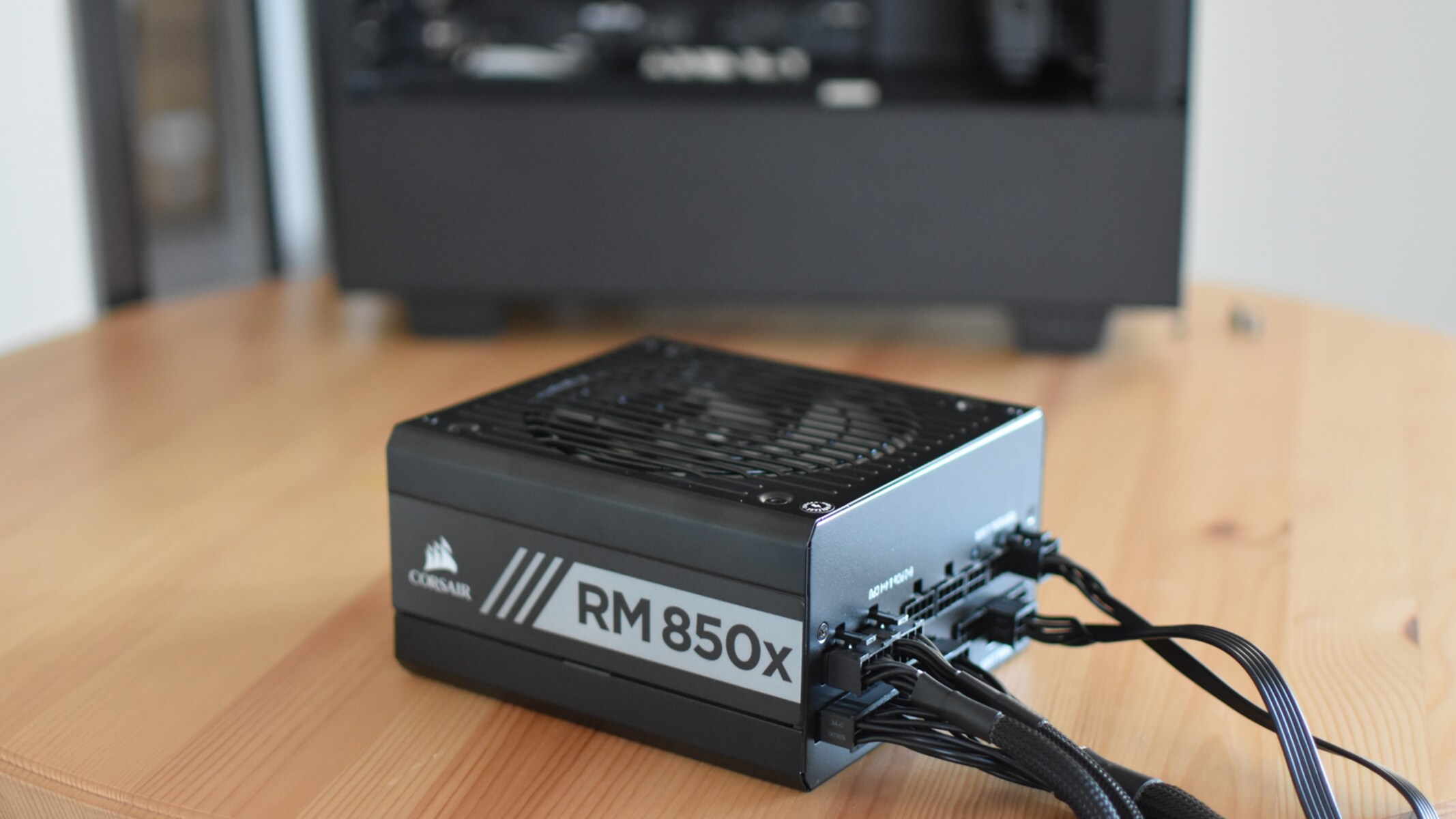Introduction
When building a computer or upgrading your existing one, the power supply unit (PSU) is a crucial component to consider. The PSU is responsible for supplying the necessary power to all the other parts of your computer, ensuring stable and reliable operation. One type of PSU that has gained popularity in recent years is the modular PSU.
A modular PSU provides a more flexible and cleaner cabling solution compared to a non-modular PSU. It allows you to connect only the cables you need, reducing cable clutter inside your computer case and improving airflow. This not only enhances the overall aesthetics but also contributes to better cooling, performance, and easier cable management.
However, to make the most of a modular PSU, it’s important to understand the different cables and connectors that are available. Each type of cable serves a specific purpose and is designed to connect to different components within your computer. By knowing which cables you need, you can ensure that your PSU is properly connected and your components receive the necessary power.
In this article, we will explore the various cables you may need for a modular PSU, the connectors they use, and the components they connect to. Whether you’re building a new PC or upgrading your current one, understanding the different cables and their functions will help you make informed decisions and ensure a smooth and efficient power supply setup.
What is a Modular PSU?
A modular PSU, short for modular power supply unit, is a type of power supply that allows you to detach and connect cables as needed. Unlike a non-modular PSU, where all the cables are permanently attached, a modular PSU provides the flexibility to use only the necessary cables, minimizing cable clutter and improving airflow inside your computer case.
The modular design of these power supplies offers several advantages. First and foremost, it allows you to customize your cable configuration, ensuring that you only use the cables required for your specific components. This not only simplifies cable management but also improves the overall aesthetics of your build.
With a modular PSU, you can connect power cables directly to the components that need them, reducing the length of unused cables that would otherwise be sitting idle in your case. This eliminates the need for cable extensions or excess cables that can obstruct airflow and interfere with efficient cooling.
Another benefit of modular PSUs is their ease of installation. Since you can detach and attach cables as needed, the installation process becomes more straightforward. You can connect the cables after installing the power supply unit, making it easier to access the necessary connectors and ensuring a neat and tidy cable arrangement.
It’s important to note that modular PSUs come in different variations, including fully modular and semi-modular. A fully modular PSU allows you to detach and connect every cable, including the essential motherboard and CPU power cables. On the other hand, a semi-modular PSU has some cables permanently attached, such as the motherboard and CPU power cables, while the additional cables remain modular. Both options offer the advantage of reduced cable clutter and improved customization.
Overall, a modular PSU provides a more efficient and streamlined approach to powering your computer. The flexibility to choose and connect only the required cables not only enhances the aesthetics and airflow of your build but also simplifies cable management. With a modular PSU, you can optimize your power supply setup and ensure a cleaner and more efficient build.
Types of Connectors
Modular PSUs come with different types of connectors to accommodate various components within your computer. Each connector serves a specific purpose and is designed to connect to a particular type of device. Understanding the different types of connectors will help you determine which cables you need for your build. Let’s explore some of the common connector types found in modular PSUs:
1. Power Connectors: These connectors are used to supply power to the main components of your computer, including the motherboard, CPU, and graphics card. The most common power connectors include the 24-pin ATX connector for the motherboard, the 4+4-pin EPS connector for the CPU, and the 6+2-pin PCIe connector for the graphics card.
2. SATA Connectors: SATA connectors are used to connect storage devices such as hard drives and solid-state drives (SSDs). They provide both power and data transfer capabilities. SATA connectors are typically slim, L-shaped connectors that securely fit into the SATA ports on your storage device.
3. PCIe Connectors: PCIe connectors are used to provide power to high-performance components, such as powerful graphics cards and certain expansion cards. These connectors come in different configurations, including 6-pin, 8-pin, and 6+2-pin variants, to accommodate different power requirements of the devices.
4. Peripheral Connectors: Peripheral connectors, also known as Molex connectors, are used to connect various peripheral devices such as fans, older hard drives, and optical drives. These connectors are rectangular in shape and provide power to the peripherals.
5. Motherboard Connectors: In addition to the main 24-pin ATX power connector, modular PSUs may include additional connectors specifically for the motherboard. These connectors can include the 4-pin or 8-pin supplementary CPU power connector, as well as connectors for fan headers and RGB lighting controllers.
It’s important to note that the availability and number of connectors may vary depending on the specific modular PSU model. Before purchasing a modular PSU, ensure that it comes with the necessary connectors and meets the power requirements of your components.
Understanding the different types of connectors will enable you to select the appropriate cables for your modular PSU setup. By using the correct connectors, you can ensure a reliable power supply to each component, promoting optimal performance and stability for your computer system.
Power Cables
Power cables are essential connectors that supply electricity from the modular PSU to various components in your computer. These cables provide the primary power source for the motherboard, CPU, graphics card, and other devices. Understanding the different power cables and their connectors will help you ensure a proper and reliable power supply in your build. Here are some of the main power cables you may need:
1. 24-Pin ATX Power Cable: The 24-pin ATX power cable is a key connector that provides power to the motherboard. It has a wide, rectangular-shaped connector that plugs into the corresponding ATX power socket on the motherboard. This cable delivers power to the motherboard’s main components, including the CPU, RAM, and other peripheral devices.
2. 4+4-Pin EPS Power Cable: The 4+4-pin EPS power cable is used to provide additional power to the CPU. This cable connects to the CPU power socket on the motherboard, supplying the necessary power for the processor to function optimally. It can be divided into two 4-pin connectors for compatibility with different motherboard configurations.
3. 6+2-Pin PCIe Power Cable: PCIe power cables are used to supply power to high-end graphics cards and other expansion cards. The 6+2-pin PCIe power cable can be used as either a 6-pin or an 8-pin connector, depending on the power requirements of your graphics card. It plugs into the PCIe power sockets on the graphics card, ensuring stable power delivery for optimal performance.
4. Molex Power Cable: Molex power cables, also known as peripheral cables, are used to provide power to various peripheral devices such as fans, older hard drives, and optical drives. These cables typically have rectangular Molex connectors that connect to the corresponding power ports on the devices.
5. SATA Power Cable: SATA power cables are used to power SATA devices, including hard drives, solid-state drives (SSDs), and optical drives. These cables have thin, L-shaped connectors that securely fit into the SATA power ports on the devices.
It’s important to verify the power requirements of your components and the available connectors on your modular PSU to ensure compatibility. Some power cables may come as extensions or splitters, allowing you to connect multiple devices with a single cable. However, be mindful of the power limits and cable length restrictions to maintain a stable and efficient power supply.
Properly connecting the necessary power cables to your components ensures that they receive the required power for optimal performance and stability. Take your time to carefully route and manage the power cables in your build to maintain good airflow and minimize cable clutter, contributing to a clean and efficient system.
SATA Cables
SATA cables are an essential component for connecting storage devices, such as hard drives and solid-state drives (SSDs), to your computer’s modular PSU. These cables serve a crucial role in providing power and facilitating data transfer between the storage devices and the motherboard. Understanding SATA cables and their connectors will help you ensure proper connectivity and optimal performance for your storage devices.
SATA cables have become the standard for connecting storage devices due to their efficiency and compact design. Here are some key points to consider about SATA cables:
1. Connector Types: SATA cables have two types of connectors: the SATA power connector and the SATA data connector. The SATA power connector provides the necessary power for the storage device, while the SATA data connector facilitates data transfer between the storage device and the motherboard.
2. Slim and L-Shaped Connectors: SATA cables have slim and L-shaped connectors, which allow them to securely fit into the SATA ports on the storage devices. This design ensures a reliable connection and prevents accidental disconnections.
3. Compatibility: SATA cables are backward compatible, meaning you can use a SATA III (6 Gbps) cable with SATA I (1.5 Gbps) or SATA II (3 Gbps) devices. However, it’s worth noting that using a higher-capacity SATA cable does not increase the data transfer speed of the older devices.
4. Length: SATA cables come in various lengths, ranging from a few inches to several feet. When selecting a SATA cable, consider the distance between the storage device and the motherboard to ensure the cable is long enough to reach without being too long and causing cable clutter.
5. Cable Management: SATA cables are relatively thin and flexible, making them ideal for cable management. Route the cables neatly and secure them using cable ties or clips to maintain good airflow and minimize cable clutter inside your computer case.
When connecting SATA cables, ensure that the SATA data connector is plugged into the corresponding SATA port on the motherboard, while the SATA power connector is connected to the modular PSU’s SATA power cable. This will provide both power and data connectivity to your storage devices.
Whether you’re connecting traditional hard drives or modern SSDs, using proper SATA cables will ensure reliable power delivery and efficient data transfer. Take the time to organize and route the cables neatly to maintain a clean and well-managed system.
PCIe Cables
PCIe (Peripheral Component Interconnect Express) cables are an essential component when it comes to powering high-performance devices in your computer, such as graphics cards and certain expansion cards. These cables provide the necessary power to these components, ensuring their optimal functionality and performance. Understanding PCIe cables and their connectors will help you ensure a stable and reliable power supply for your power-hungry devices.
Here are some important points to consider about PCIe cables:
1. Connector Types: PCIe cables come in various configurations, including 6-pin, 8-pin (6+2-pin), and even 12-pin connectors. These connectors securely plug into the corresponding PCIe power sockets on your graphics card or other PCIe devices.
2. Power Delivery: PCIe cables are designed to deliver the necessary power to high-performance components, such as graphics cards. Different devices have varying power requirements, with more power-hungry devices typically requiring additional pins on the connector.
3. Compatibility: While PCIe cables and connectors have evolved over time, they maintain backward compatibility. For example, an 8-pin (6+2-pin) PCIe cable can be used with a graphics card that requires a 6-pin or 8-pin power connection. However, it’s important to ensure that your modular PSU has the appropriate PCIe power cable to match the connectors of your graphics card or expansion card.
4. Cable Length: PCIe cables come in different lengths to accommodate various computer setups. When selecting a PCIe cable, consider the distance between the power supply unit and the PCIe device to ensure that the cable is long enough to reach without causing strain or cable clutter.
5. Cable Management: Proper cable management is crucial when dealing with PCIe cables, as they can become quite thick and bulky due to the multiple connectors. Take the time to route the cables neatly and secure them using cable ties or clips to ensure good airflow and minimize cable clutter inside your computer case.
When connecting PCIe cables, ensure that the connectors are inserted firmly into the corresponding sockets, providing a secure and reliable power connection for your high-performance devices. Additionally, be mindful of the power requirements of your graphics card or expansion card and ensure that your modular PSU can deliver sufficient power to meet those requirements.
PCIe cables are essential for powering high-performance components in your computer system. By using the appropriate cables and connectors, you can ensure a stable and efficient power supply to your power-hungry devices, helping them perform at their best.
Peripheral Cables
Peripheral cables, also known as Molex cables, are an essential component for powering a variety of peripheral devices within your computer. These cables provide power to devices such as fans, older hard drives, and optical drives, ensuring their proper functionality. Understanding peripheral cables and their connectors will help you ensure a reliable power supply for your peripheral devices.
Here are some key points to consider about peripheral cables:
1. Connector Types: Peripheral cables come with rectangular Molex connectors that securely plug into the corresponding power ports on your peripheral devices. These connectors have pins that match the slots on the peripheral devices to ensure a proper power connection.
2. Power Delivery: Peripheral cables are designed to deliver the necessary power to various peripheral devices. They typically provide a standard 5V or 12V power supply, depending on the requirements of the connected device.
3. Compatibility: Peripheral cables are widely compatible with various peripheral devices, including fans, older hard drives, optical drives, and certain legacy devices. However, it’s important to verify the power requirements and connector types of your specific peripheral devices to ensure compatibility with the cables.
4. Cable Length: Peripheral cables come in different lengths to accommodate different distances between the power supply unit and the peripheral devices. It’s important to choose the appropriate cable length to avoid tension or strain on the cables and to maintain good cable management within your computer case.
5. Cable Management: When dealing with multiple peripheral cables, it’s crucial to practice proper cable management to minimize cable clutter and maintain good airflow within your computer case. Neatly route and secure the cables using cable ties or clips to facilitate optimal airflow and improve the overall aesthetic of your build.
When connecting peripheral cables, ensure that the connectors are properly aligned with the power ports on your peripheral devices. Insert them firmly to establish a secure and reliable power connection. Additionally, be aware of the power limitations of your power supply unit to ensure that you do not overload it by connecting too many peripheral devices with limited power capacity.
Peripheral cables play a vital role in providing power to various peripheral devices within your computer system. By using the appropriate cables and connectors, you can ensure that your peripheral devices receive the necessary power for their optimal functionality.
Motherboard Cables
Motherboard cables are crucial for establishing the necessary connections between your modular PSU and the motherboard. These cables supply power to the motherboard and its components, ensuring proper functionality and performance. Understanding the different motherboard cables and their connectors will help you effectively power your motherboard and its associated devices.
Here are some important points to consider about motherboard cables:
1. 24-Pin ATX Power Cable: The 24-pin ATX power cable is a key connector that provides power to the motherboard. This cable has a wide, rectangular-shaped connector that securely plugs into the corresponding ATX power socket on the motherboard. It delivers power to the motherboard’s main components, including the CPU, RAM, and other peripherals.
2. 4+4-Pin EPS Power Cable: The 4+4-pin EPS power cable is used to provide additional power to the CPU. This cable connects to the CPU power socket on the motherboard, delivering the necessary power for the processor to function optimally. The 4+4-pin design allows compatibility with motherboards that require either a 4-pin or an 8-pin power connection.
3. Fan Header Cables: Some modular PSUs may include cables specifically for connecting to fan headers on the motherboard. These cables allow you to power additional fans in your system and control their speed through the motherboard’s fan controls.
4. RGB Lighting Cables: If you have RGB lighting components and your motherboard supports RGB lighting control, you may have cables that connect to the motherboard for controlling and syncing the RGB lighting effects. These cables typically connect to the RGB headers on the motherboard, allowing you to customize the lighting in your system.
When connecting motherboard cables, ensure that the connectors are inserted firmly into the corresponding sockets on the motherboard. Pay attention to the alignment of the notches and pins to ensure a proper connection. It’s also essential to check the motherboard’s manual for specific instructions regarding power connections and any additional cables that come with your modular PSU.
Befor selecting a modular PSU, be sure to check the compatibility between the PSU and the motherboard to ensure that it supports the required power connections. Additionally, being mindful of the power requirements of your components will help you choose a PSU that can provide sufficient power for your motherboard and its associated devices.
Motherboard cables play a crucial role in powering and connecting the components of your motherboard. By using the appropriate cables and connectors, you can ensure a stable and reliable power supply, contributing to the overall performance and functionality of your computer system.
Compatibility Considerations
When it comes to selecting and using cables for your modular PSU, it’s important to consider compatibility factors to ensure a successful and efficient power supply setup. Here are some key compatibility considerations to keep in mind:
1. PSU Compatibility: Ensure that the cables you choose are compatible with your specific modular PSU model. Different PSU models may have different types of connectors and pin configurations, so it’s essential to match the connectors on your cables with the corresponding sockets on your PSU.
2. Component Compatibility: When selecting cables, consider the specific requirements of your components. Check the power connector types and wattage requirements of your motherboard, CPU, graphics card, and other devices to ensure that the chosen cables can supply the necessary power and are compatible with the connectors on your components.
3. Cable Length: Take into account the distance between your modular PSU and the components it needs to power. Ensure that the cables you choose are long enough to comfortably reach the corresponding connectors without causing tension or strain. However, avoid using excessively long cables as they can result in increased cable clutter and affect airflow within your computer case.
4. Power Output: Modular PSUs offer various power output options, such as wattage ratings. Verify that your chosen PSU can deliver sufficient power to meet the needs of your components. Consider both current and future power requirements, especially if you plan to upgrade or add more power-hungry components to your system.
5. Cable Management: Efficient cable management is crucial for a clean and well-organized build. Opt for cables that are slim and flexible, allowing for easier routing and minimizing cable clutter. Utilize cable ties, clips, and cable management features in your computer case to keep the cables neatly organized, promoting better airflow and reduced interference.
6. Safety and Quality: Ensure that the cables you choose are of high quality and meet safety standards. Cheap or poorly made cables can pose a risk of electrical damage or even fire hazards. Look for cables that are certified by safety organizations and have positive reviews from reputable sources.
By considering these compatibility factors, you can select the appropriate cables for your modular PSU setup, avoiding potential issues and ensuring a stable and efficient power supply for your computer components. It’s always recommended to thoroughly read the documentation provided by the PSU manufacturer and consult the support resources available for specific compatibility guidelines and recommendations.
Conclusion
Choosing the right cables for your modular PSU setup is crucial for ensuring a reliable and efficient power supply to your computer components. By understanding the different types of cables, their connectors, and compatibility considerations, you can optimize your power supply setup and ensure proper connectivity for your components.
A modular PSU provides the flexibility to connect only the necessary cables, reducing cable clutter and improving airflow inside your computer case. Power cables deliver electricity to essential components, while SATA cables connect storage devices, PCIe cables power high-performance devices, peripheral cables provide power to various peripherals, and motherboard cables establish connections between the PSU and motherboard.
When selecting cables, verify compatibility with your modular PSU and components, ensuring the correct connectors and power delivery. Consider cable length to accommodate the distances between your PSU and components, and focus on cable management to promote good airflow and minimize clutter.
It’s also essential to prioritize safety and quality by choosing cables that meet safety standards and are well-reviewed by reputable sources. High-quality cables reduce the risk of electrical issues or hazards that can damage your components or compromise the stability of your system.
By taking these factors into account and making informed choices when selecting and installing cables, you can optimize the performance and reliability of your computer system. A clean and efficient power supply setup will not only enhance the overall aesthetics of your build but also contribute to better cooling, improved component longevity, and smooth operation of your computer.
Keep in mind that each computer build is unique, and compatibility may vary depending on your specific components and modular PSU model. Always consult the documentation provided by your modular PSU manufacturer and follow their guidelines for optimal cable connectivity. By giving careful consideration to cable selection, compatibility, and cable management, you can ensure a successful and efficient power supply setup for your computer system.







